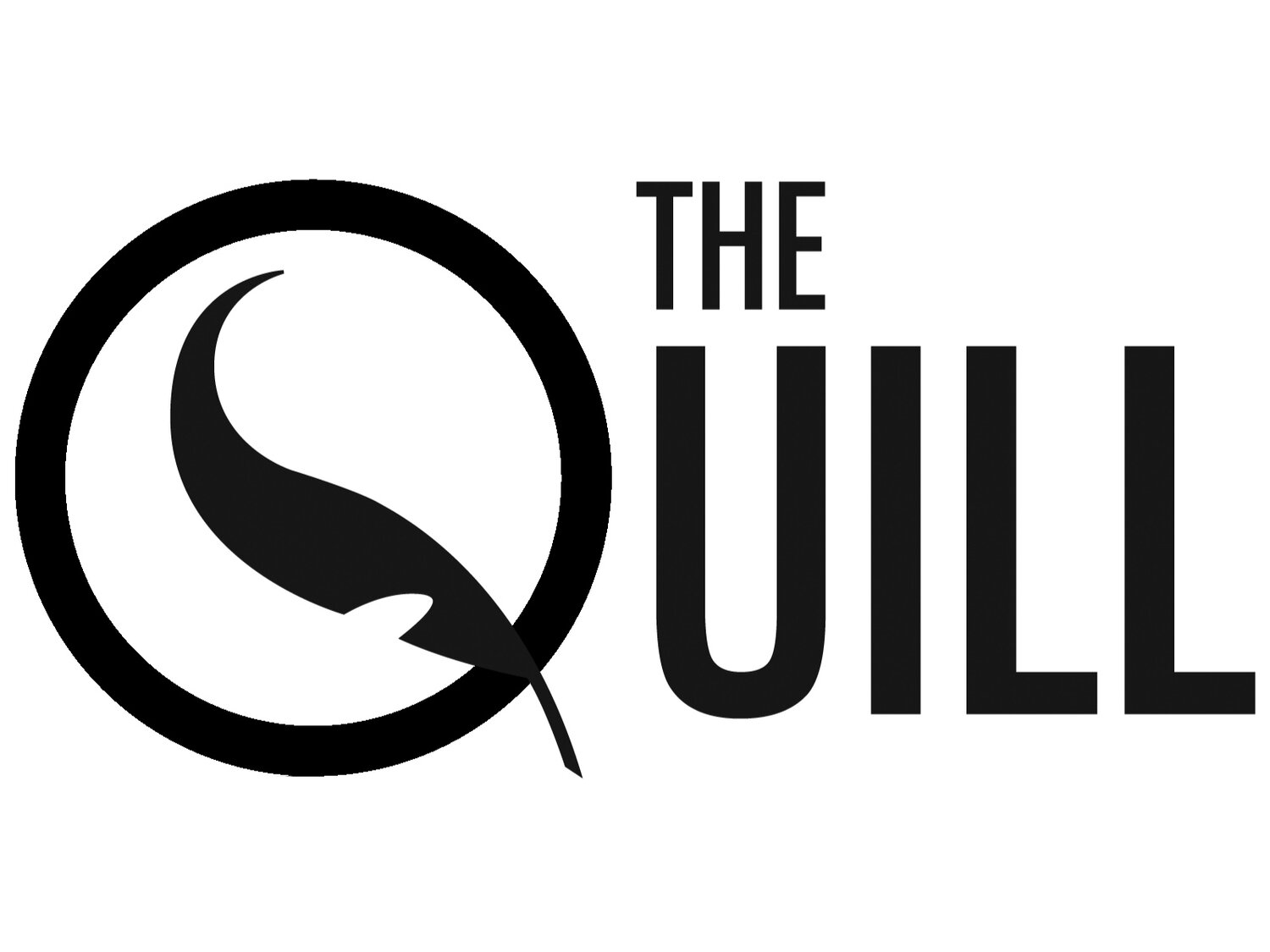Memorial to the Casle Mountain Internment Camp in Banff National Park. (Credit: Radtek67/Wikimedia Commons)
During the First World War there was an internment camp in Brandon that housed hundreds of people in the old Wheat City Arena from 1914-1916. Recent BU Grad Joe Dauphinais is researching the people who were held there and what their lives were like. The general knowledge about the internment camps that was already held included the basic information and statistics on the facilities themselves. This new project has researchers going far deeper into the story as they are looking into the lives of the people there. Joe Dauphinais is seeking out stories about the camp that may have been handed down through the generations.
The project itself is to help the community discover the lives of the people in the internment camps. It is a partnership between students and faculty at BU and ACC. The goal is to turn this knowledge into a smartphone virtual reality experience. Within the virtual reality you will have the ability to walk around the area and have a dialogue with some of the people who were interned in Brandon. The project is really trying to capture the essence of who these prisoners were, how they felt about their detention, and how their families coped.
During the First World War the Government of Canada began isolating immigrants who came from countries that fought against the British Empire. Those immigrants and “enemies” that came from countries under the control of Germany and the Austro-Hungarian Empire (i.e. Ukraine, Poland). Foreign nationals were kept in barracks at the Wheat City Arena where the building was filled with hundreds of internees. All records of the internment camps were destroyed in the 1950s making it very difficult for researchers to piece together the experiences at the camp. As a result of this, and due to the amount of time that has passed, the researchers are asking the community to come forward with any stories or artifacts they may have about the interment camps. Any information is welcome including names and dates, whether directly or indirectly affected by the camps.
The project was made possible by a grant from the Endowment Council of the Canadian First World War Internment Recognition Fund. If you have any information, remembrances, or family histories of time spent in the internment camp, you are asked to email Dauphinais at josephdauphinais@gmail.com.
